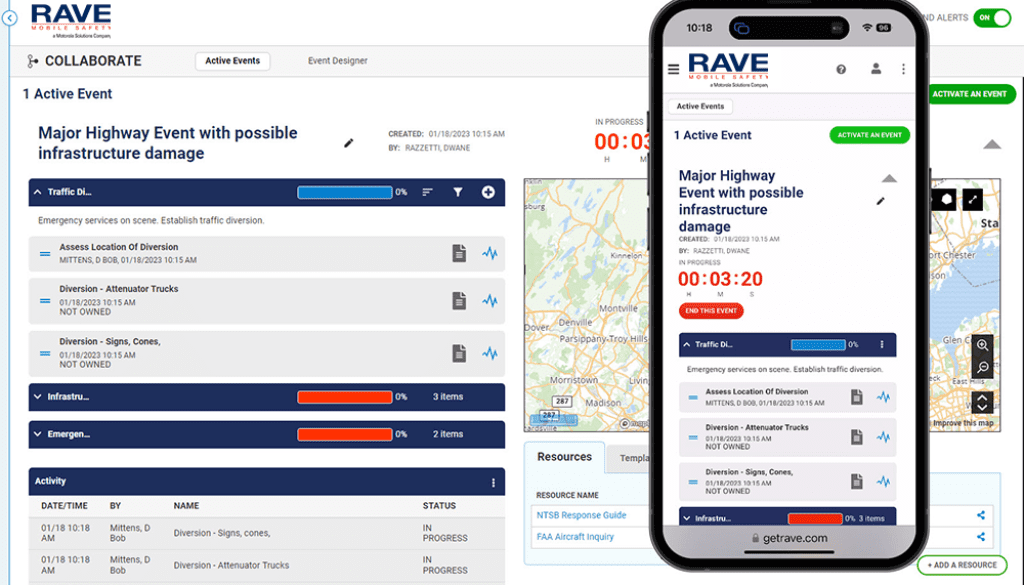Maximizing Emergency Response Efficiency Through Data Sharing Between 9-1-1 and DOT
Real-time 9-1-1 incident data sharing is a powerful tool that can benefit both local 9-1-1 centers (PSAPs) and the state’s Department of Transportation (DOT) in improving public safety and emergency response. By sharing data between local PSAPs and the DOT, local jurisdictions and other stakeholders can work together to quickly identify and respond to emergencies, improve traffic incident management, and effectively manage resources.
One of the key benefits of 9-1-1 data sharing for local PSAPs is the ability to have a real-time view of what is happening in their jurisdiction and beyond. By sharing real-time incident data with other jurisdictions and stakeholders, PSAPs can quickly get acknowledgment and support from their partners when dealing with critical incidents. This allows for a more coordinated and effective response, which can be critical in situations where every minute counts. For example, if a major traffic incident occurs on a highway that runs through multiple jurisdictions, real-time incident data can be used to quickly dispatch emergency services to the scene, and facilitate all jurisdictions involved to work together to minimize the impact on traffic flow.
For the Department of Transportation, real-time 9-1-1 incident data sharing is a powerful tool that can help provide a safe and reliable transportation system for residents. It can help the DOT to enhance safety and security, address risks, improve reliability and minimize the impact of traffic incidents on roadways and the surrounding communities.
Effective resource management is another important benefit of 9-1-1 data sharing for both PSAPs and the DOT. By sharing real-time incident data with local jurisdictions and other stakeholders, PSAPs and the DOT can help to ensure that resources are deployed in the most effective and efficient way possible. For example, if data shows that a particular area is experiencing a high number of traffic incidents, PSAPs and the DOT can work together to ensure that there are sufficient emergency services and personnel on hand to handle the increased demand. They can also coordinate with the state’s Department of Transportation to quickly clear the incidents and minimize the impact on traffic flow.
Overall, real-time 9-1-1 incident data sharing is a powerful tool that can help local 9-1-1 centers, DOT and other stakeholders to improve emergency response, improve traffic incident management, and effectively manage resources. With the implementation of next generation 9-1-1 services, PSAPs and DOT can work together to realize the full potential for 9-1-1 to provide public access to emergency services.
By sharing data in real-time, PSAPs and DOT can gain a more comprehensive view of emergency situations, allowing them to make more informed decisions and respond more effectively to emergency situations. Additionally, by working together, PSAPs and DOT can also improve the overall transportation system, reduce the impact of traffic incidents on the state’s residents, and ultimately, enhance public safety for all.
Rave Mobile Safety helps communities protect their people and operations every day. To learn more about our prepackaged communication tools or customization options, contact our team.





